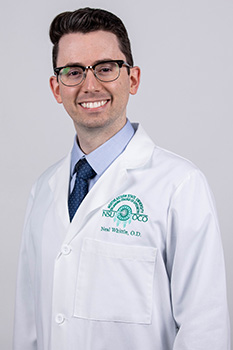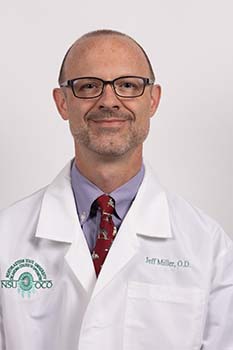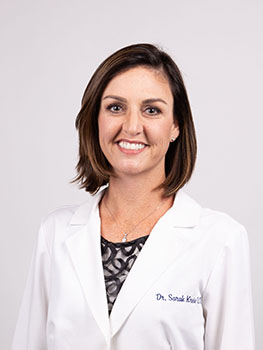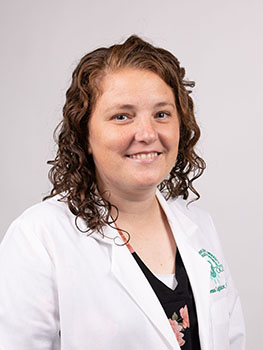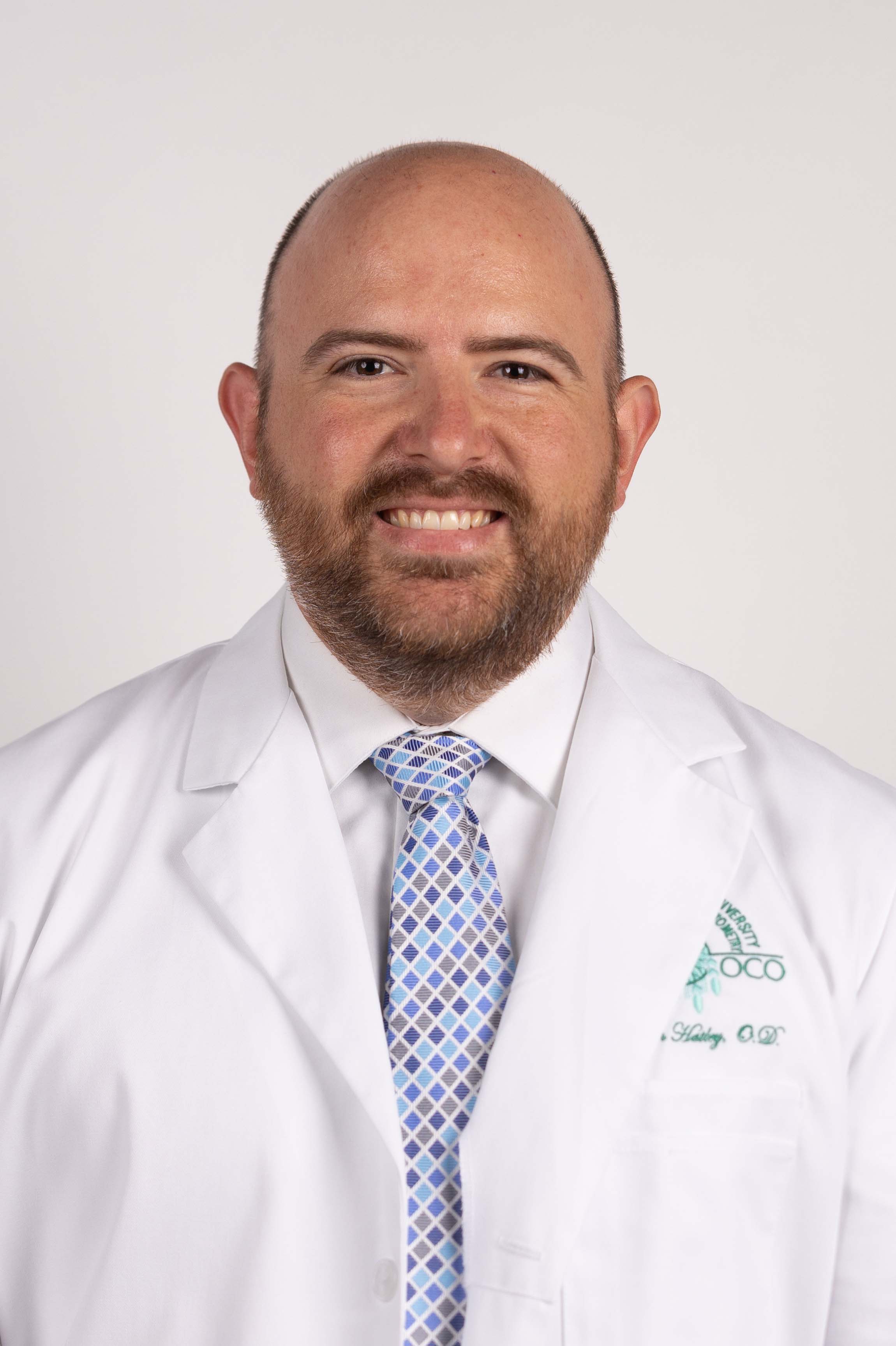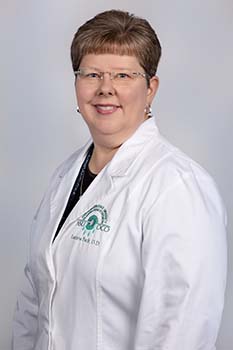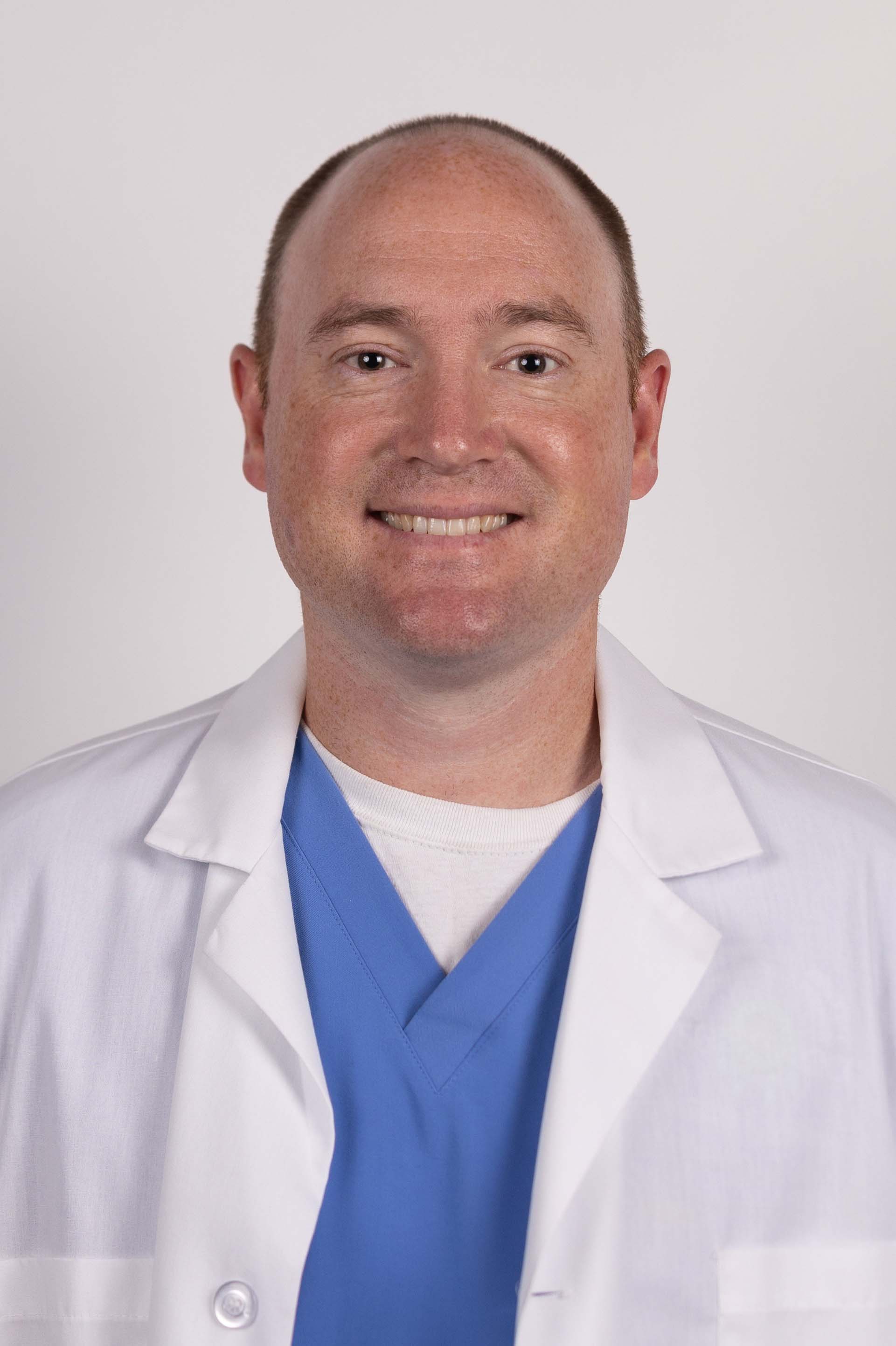6031 Physical Diagnosis Laboratory
History and problem-focused physical examination of the patient including observation
of patient, ENT examination, evaluation of cardiovascular and respiratory systems,
neurological history and examination, and mental state assessment.
Meet the Instructors: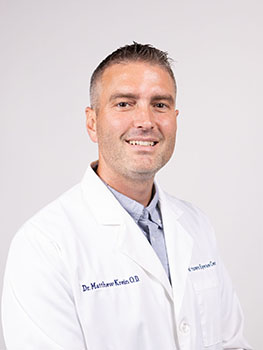
Matthew Krein, O.D.
Associate Professor
krein@nsuok.edu
918-444-4027
Profile
6051 Environmental Vision
Caring for visual and ocular needs that are related to occupational or recreational
environmental factors. Topics include laser eye safety, UV protection, eye protection
in the workplace or at home, vision and computers, sports vision, vision and driving
and occupational vision.
Meet the Instructor: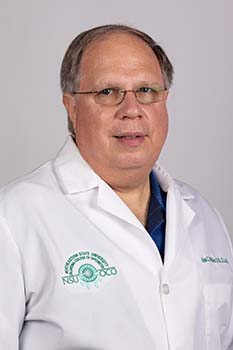
Alan McKee, O.D.
Professor
mckeeag@nsuok.edu
918-444-4004
Profile
6061 Functional Analysis
Test procedures, case diagnosis, and prescribing for visual dysfunctions as incorporated
by the Behavioral Model of Optometric data analysis. Characteristics of human visual
adaptation to stress are discussed, and clinical guidelines are given for the application
of lens therapy and vision training.
Meet the Instructor: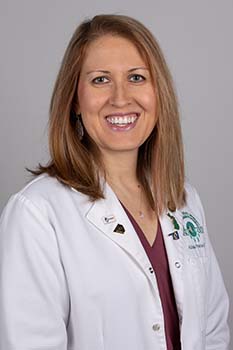
Alissa Proctor, O.D.
Professor
proctor1@nsuok.edu
918-444-4020
Profile
6081 Optometric Case Studies I
Case presentation and a discussion of selected topics in optometric clinical care
including optometric surgical and laser procedures by faculty, students, and invited
speakers. Current literature will be explored which applies to the subjects under
discussion.
Meet the Instructor: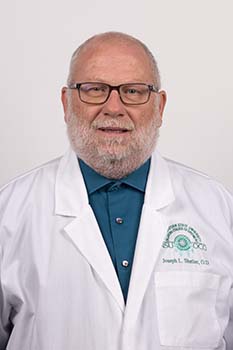
Joseph Shetler, O.D.
Professor
shetler@nsuok.edu
918-444-4037
Profile
6122 Optometry Project I
The optometry project extends through three semesters. The project is to be conducted
under the supervision of a faculty member and the Student Project Committee. A student
or a group of students not to exceed three persons is to select and develop a topic
relating to optometry. The topic may be pursued in the laboratory, library, or clinic
culminating in a written paper. Consultation with faculty advisor and research activity.
Optometry Project I requires a review of the literature which will be submitted for
a letter grade at the end of the semester.
Meet the Instructor: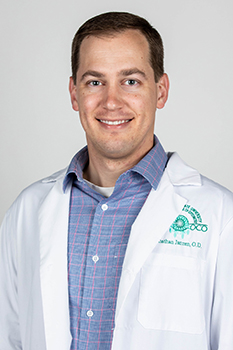
Jonathan Janzen, O.D.
Associate Professor
janzen@nsuok.edu
918-444-4011
Profile
6141 Gerontology
An examination of the primary health care needs and concerns of the elderly. Normal
and pathological changes associated with aging; perceptual changes associated with
aging; examining, diagnosing, and treating ocular and visual disorders in an elderly
patient.
Meet the Instructor:
Joseph Shetler, O.D.
Professor
shetler@nsuok.edu
918-444-4037
Profile
6153 Binocular and Perceptual Disorders
Test administration and test data analysis. Evaluation of spatial orientation perceptual/cognitive
factors, size-distance perception, stereopsis, oculomotor skills of pursuits, saccades,
accommodation, and introduction to binocular dysfunctions. Lecture and Laboratory.
Meet the Instructor: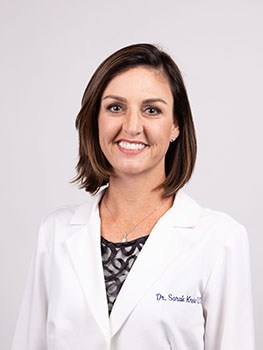
Sarah Gallagher-Krein, O.D.
Professor
gallaghs@nsuok.edu
918-444-4152
Profile
6163 Healthcare System and Epidemiology
Concepts of epidemiology including descriptive methods, morbidity, mortality, distribution
of ocular and systemic disease in various patient populations and the basis for screening
for disease. Concepts of evidence-based medicine and analysis of research studies.
Identification and analysis of local, state, and federal government organizations
in vision and general health care. Delivery of health services including health care
legislation, trends, planning and financing. Ethical issues in health care.
Meet the Instructor:
Joseph Shetler, O.D.
Professor
shetler@nsuok.edu
918-444-4037
Profile
6173 Ocular Disease III: Vitreal, Choroidal, and Retinal Disease
This course covers the epidemiology, pathophysiology, symptoms, and signs necessary
to differentially diagnose, manage, and treat disorders of the vitreous, choroid,
and retina. Indications for treatment and overview of techniques used for laser, surgical
and medical management of posterior segment conditions are taught.
Meet the Instructor: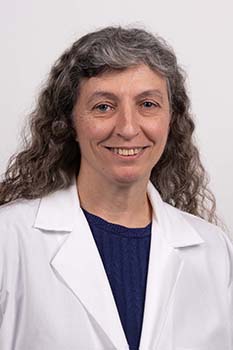
Earlena McKee, O.D.
Associate Dean
mckeeef@nsuok.edu
918-444-4051
Profile
6182 Systemic Disease
Clinical manifestations including problem focused history and review of systems, laboratory
testing, general approach to treatment, and public health aspects of systemic diseases
and other health conditions.
Meet the Instructor: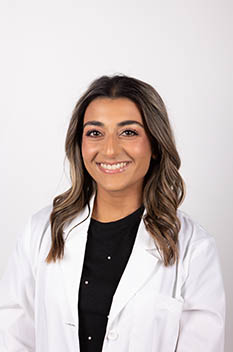
Komal Patel, O.D.
Assistant Professor
patel125@nsuok.edu
918-444-4158
Profile
6223 Strabismus and Amblyopia
Basic principles of strabismus and amblyopia. This will include the symptoms, signs,
diagnosis, test administration, test data analysis and therapy with lenses/prisms,
vision therapy, and surgical options including procedures, referral criteria and outcomes.
Lecture and laboratory.
Meet the Instructor:
Alissa Proctor, O.D.
Professor
proctor1@nsuok.edu
918-444-4020
Profile
6231 Optometric Clinical Methods IV
Course topics covered include instrumentation and technical skills necessary for surgical
procedures performed in the primary eye care setting. Includes OSHA regulations pertaining
to blood borne pathogens. Included techniques are: asepsis, iv injections, fluorescein
angiography, management of anaphylaxis, wound management, basic suturing, and in-office
surgical procedures. The course discusses the indications for, alternatives to, and
risk/benefits of all techniques, as well as the management of complications. The course
includes lecture and hands-on participation.
Meet the Instructor:
Komal Patel, O.D.
Assistant Professor
patel125@nsuok.edu
918-444-4158
Profile
6243 Practice Development and Administration I
Developing and administering an optometric practice; personnel management, accounting,
bookkeeping, visit slips, tax law, office policies and procedures, office assistants
and technician duties, insurance, investments and estate planning.
Meet the Instructor:
Joseph Shetler, O.D.
Professor
shetler@nsuok.edu
918-444-4037
Profile
6251 Optometric Case Studies II
Case presentation and a discussion of selected topics including optometric surgical
and laser procedures in optometric clinical care by faculty, students, and invited
speakers. Current literature will be explored which applies to the subjects under
discussion.
Meet the Instructors: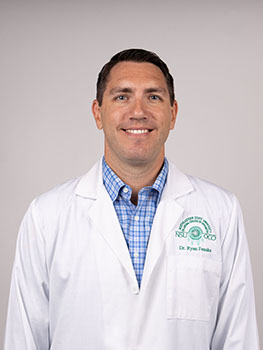
Ryan Fenska, O.D.
Associate Professor
fenska@nsuok.edu
918-444-4090
Profile
6262 Optometry Project II
Continuation of Optometry 6122. Research activity under the supervision of a faculty
advisor.
Meet the Instructor:
Jonathan Janzen, O.D.
Associate Professor
janzen@nsuok.edu
918-444-4011
Profile
6272 Ocular Disease IV/Orbital and Neurological Disease
This course emphasizes visual fields analysis. Additional topics covered include
disorders of the optic nerve, parasellar territory, postchiasmal visual pathways,
orbit, cavernous sinus, and brain.
Meet the Instructors:
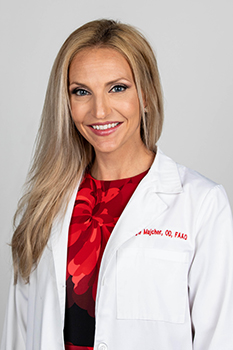
Carolyn Majcher, O.D.
Professor
majcher@nsuok.edu
918-444-4155
Profile |
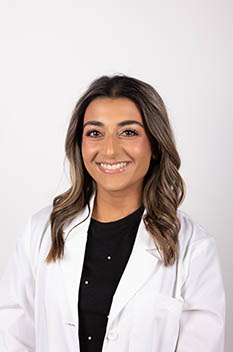
Komal Patel, O.D.
Assistant Professor
patel25@nsuok.edu
918-444-4158
Profile |
6283 Vision Rehabilitation
Rehabilitation of the patient with low vision; examination procedures; evaluation
of the patient; design and application of optical devices or other aids; social services;
psychological and physical problems encountered.
Meet the Instructor: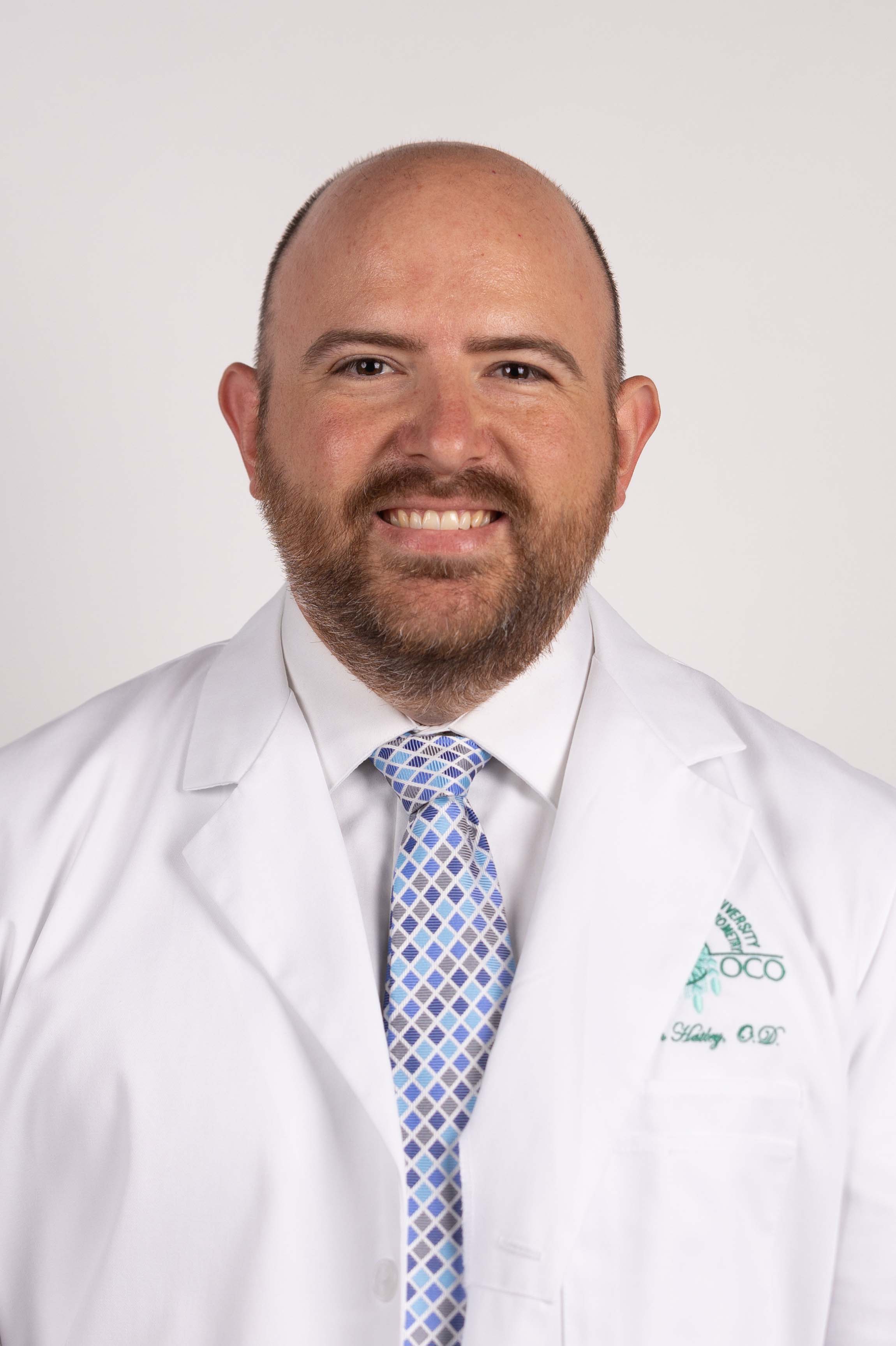
Jonathan Hatley, O.D.
Associate Professor
hatleyjm@nsuok.edu
918-444-2116
Profile
7062 Optometry Project III
Continuation of Optometry 6262. Research activity under the supervision of a faculty
advisor.
Meet the Instructor:
Jonathan Janzen, O.D.
Associate Professor
janzen@nsuok.edu
918-444-4011
Profile
7081 Optometric Case Studies III
Case presentation and a discussion of selected topics in optometric clinical care
including optometric surgical and laser procedures by faculty, students, and invited
speakers. Current literature will be explored which applies to the subjects under
discussion.


